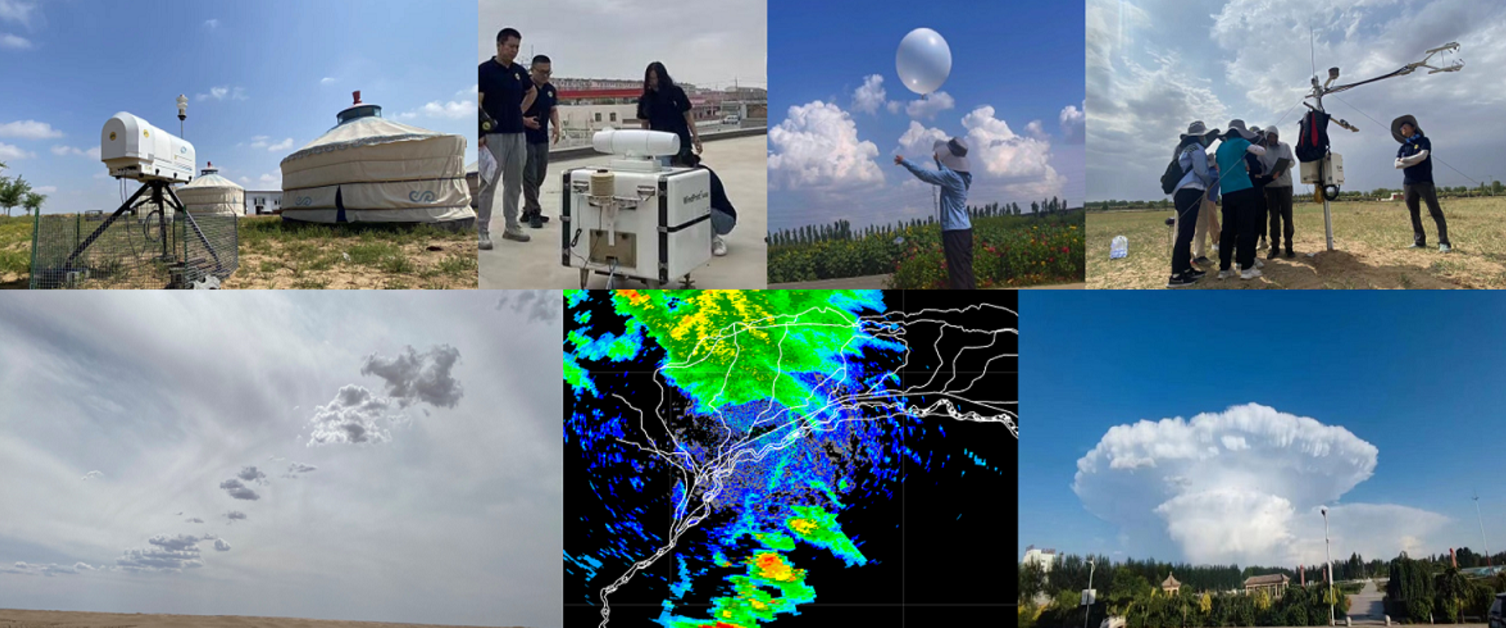The Inner Mongolian Farmland that Makes Thunderstorms
- By AMS Staff
- Nov 15, 2023
Humans aren’t just altering the climate: our biggest projects can also change the weather. Take Bayannur, Inner Mongolia, where a huge area of irrigated farmland creates thunderstorms and even tornadoes.
Bayannur’s Hetao Irrigation District is a perfect illustration of how what goes on at ground level affects the weather. Lying along a bend in the Yellow River, Hetao is one of China’s largest irrigated areas—a 2,200-year-old World Heritage Irrigation Structure that’s vital for the country’s grain and oil production. Yet it’s situated in the middle of an otherwise arid region, including the Kubuqi Desert directly to the south. This sharp contrast is what makes the irrigation district a weather generator.

Edge of Hetao Irrigation District, showing distinct contrast between desert and oasis. Video still, courtesy of Yijing Liu.
According to scientists who studied these phenomena in 2022 in the DEsert-oasis COnvergence line and Deep convection Experiment (DECODE), air over the “irrigation oasis” tends to be moister and cooler compared with the air over the desert. The cooler air is transported out over the desert, where it often meets warm air moving in from the south. At the boundary line, when there’s enough moisture and instability, convective initiation may occur: the moist air rises and condenses, forming clouds and even severe thunderstorms.
Scientists in DECODE documented numerous cases of convection at this boundary, with resulting storms that dumped hail, traveled far from their origin to cause destruction elsewhere, or in one case spawned a tornado.
Take a look at the video below to see some of the weather phenomena created by this oasis-desert contrast.
This article is based on presentations from the American Meteorological Society’s 32nd Conference on Weather Analysis and Forecasting, the 20th Conference on Mesoscale Processes, and the 28th Conference on Numerical Weather Prediction. To learn more about DECODE, read our AMS Front Page blog post about it.
